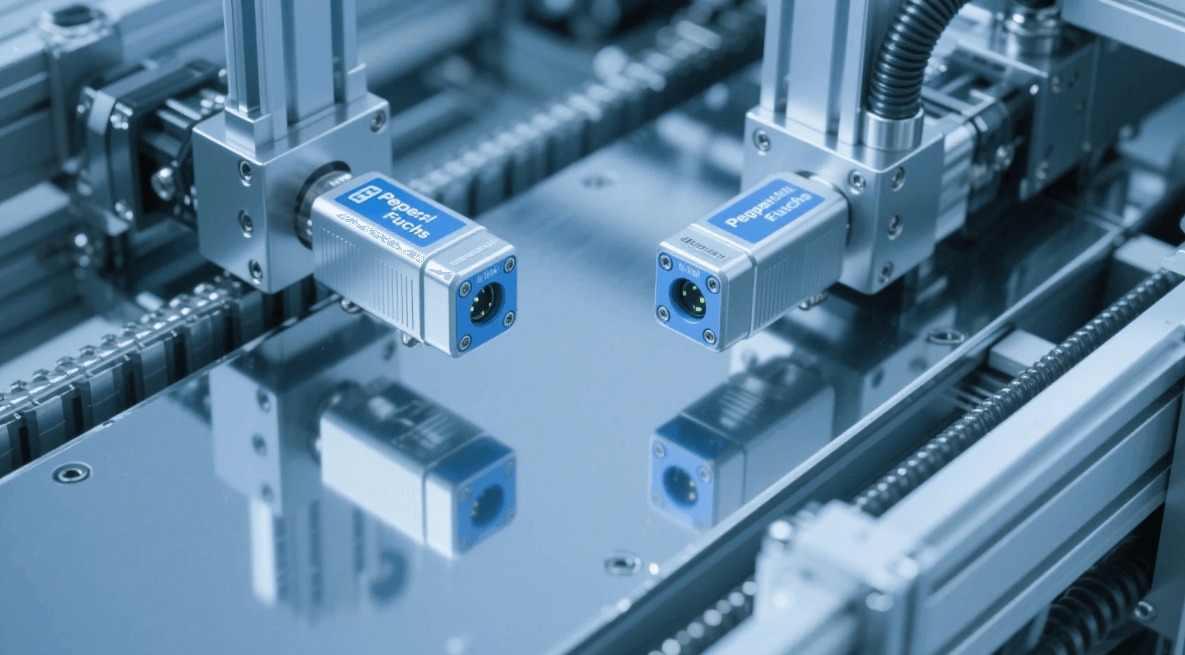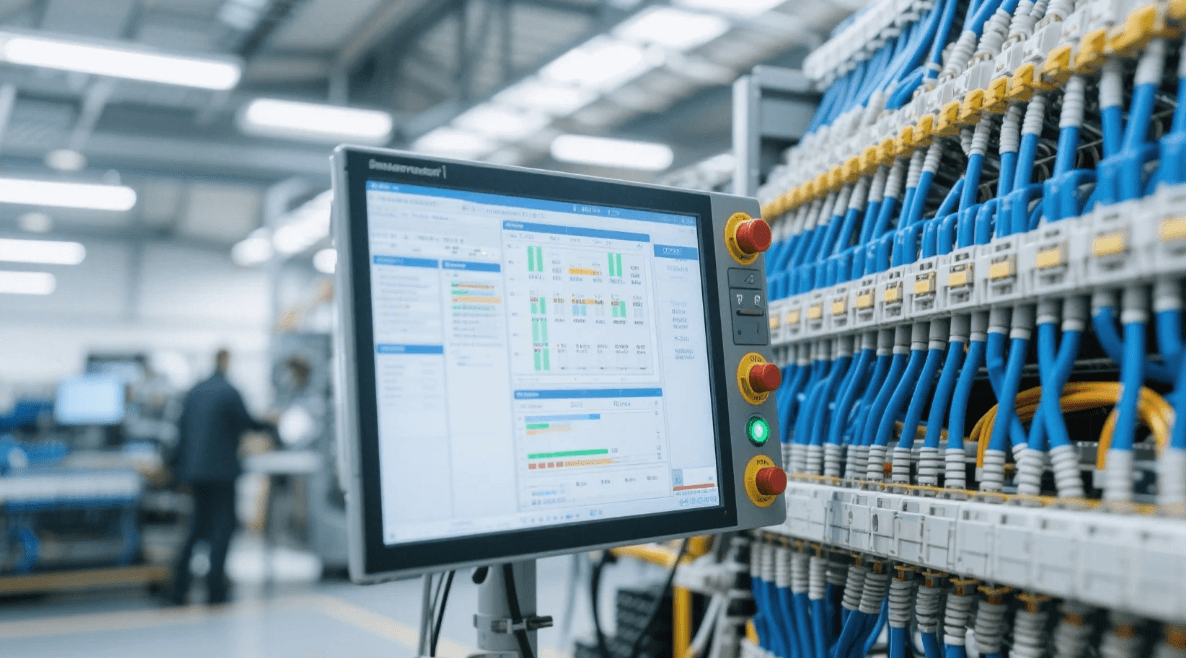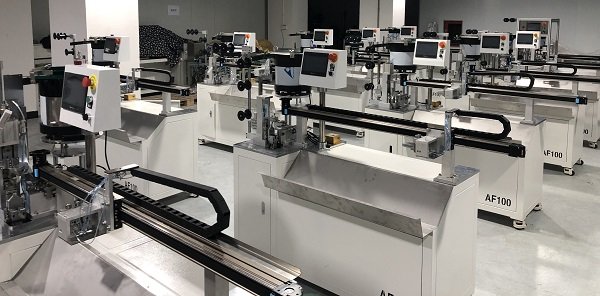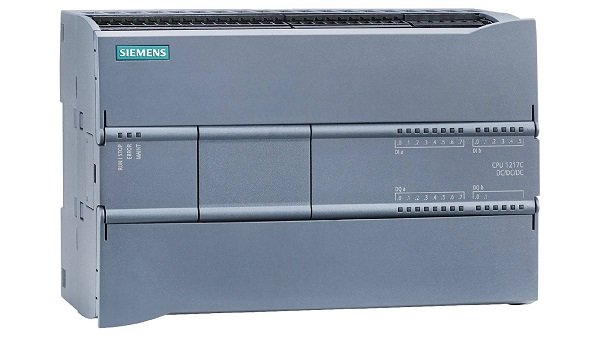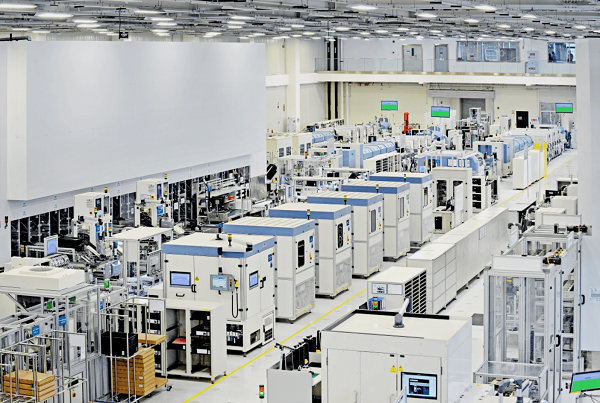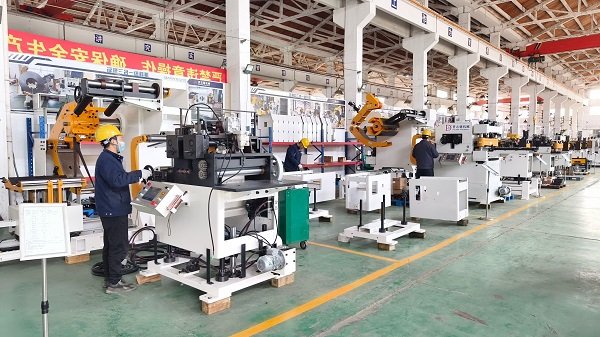Soluciones de sensores de SICK: impulsando el futuro de la ingeniería eléctrica

Introduction: The Digital Pulse of the Electrical Industry
In a world driven by automation and intelligent systems, the demand for precise and reliable sensor solutions has never been higher. As electrical systems grow more complex, industry leaders like SICK are at the forefront of delivering innovative sensor technologies tailored to the challenges of modern engineering. This article delves into the advantages and future of sensor solutions, particularly within the electrical sector, and highlights why SICK is a brand trusted by engineers globally.
¿Qué son Sensor Solutions?
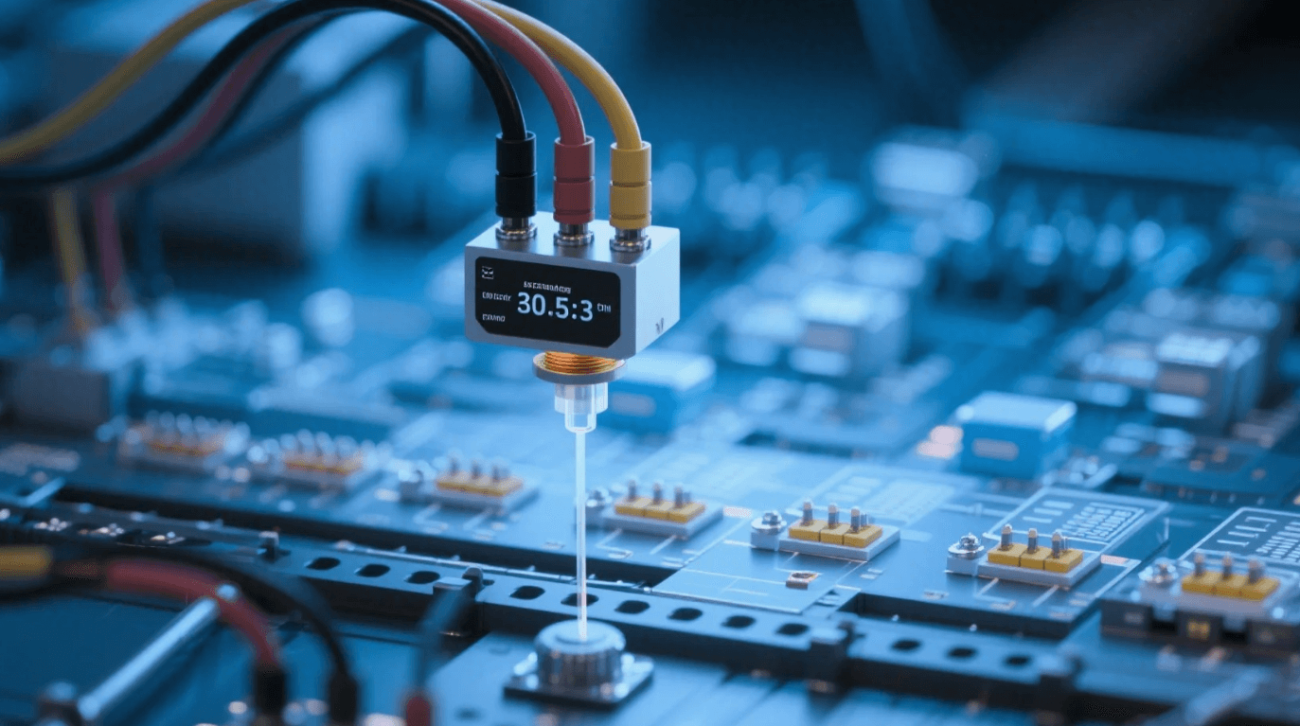
Defining Smart Sensing
Sensor solutions refer to integrated systems that detect, measure, and communicate physical properties such as position, speed, temperature, and pressure. They form the backbone of intelligent automation in industrial settings.
Types of Sensors
SICK offers a broad array of sensor types, including:
- Photoelectric sensors
- Proximity sensors
- Encoders
- Sensores LiDAR
- Environmental sensors These cater to diverse applications across the electrical engineering spectrum.
The Value of Sensor Solutions in Electrical Engineering
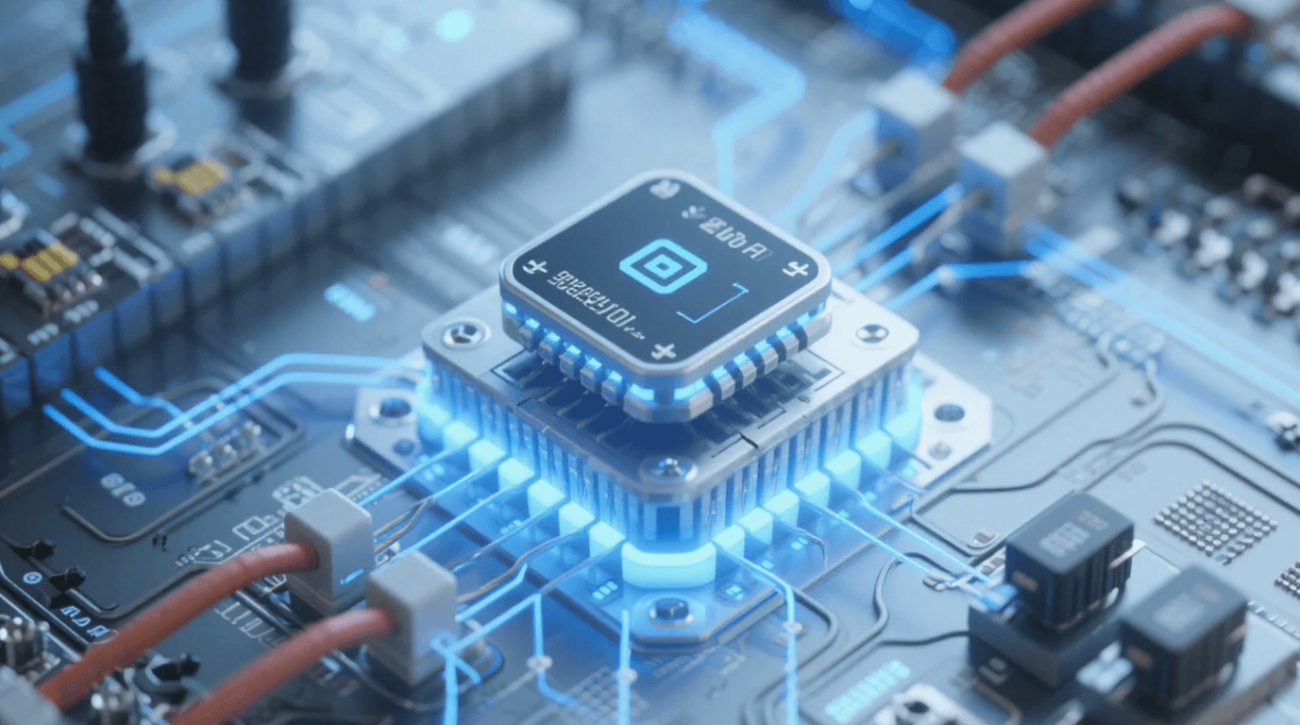
Enhanced Accuracy and Precision
Modern electrical systems rely on real-time data. Sensor solutions ensure high accuracy in detecting and analyzing system parameters, improving operational control.
Predictive Maintenance Capabilities
With smart data acquisition, sensors detect anomalies before failure occurs—minimizing unplanned downtime and maximizing equipment lifespan.
Real-Time Monitoring
Whether in switchgear, motor control centers, or automated panels, sensor solutions provide continuous system feedback, empowering engineers to act swiftly.
Why SICK Leads in Sensor Solutions
Technological Leadership
SICK has consistently pushed the boundaries of sensing technology. With decades of R&D, it produces scalable solutions adaptable to both legacy and modern systems.
Industry-Specific Applications
Unlike generic providers, SICK develops sensor technologies customized for electrical engineering—covering everything from circuit protection to grid management.
Software Integration
SICK’s sensors come equipped with intelligent software interfaces, enabling seamless integration into industrial communication protocols like IO-Link, EtherNet/IP, and PROFINET.
Key Benefits of Adopting SICK’s Sensor Solutions
Improved Energy Efficiency
Precise sensors allow for real-time energy monitoring and control, reducing waste and enhancing sustainability initiatives.
Modular Design Flexibility
SICK sensors are modular and scalable, making them ideal for both small and large-scale electrical infrastructure projects.
Lower Total Cost of Ownership
Thanks to their durability, accuracy, and predictive analytics capabilities, SICK’s sensors reduce maintenance costs and enhance ROI over time.
Applications Across the Electrical Sector
Industrial Automation
From conveyor systems to robotic arms, sensor solutions by SICK drive safety, accuracy, and speed in automation.
Smart Grid Integration
In energy distribution systems, SICK sensors enable real-time diagnostics and load management for smarter grid control.
Power Plants and Substations
Environmental and thermal sensors play a crucial role in preventing overheating, tracking emissions, and ensuring stable power delivery.
Sistemas de energía renovable
Solar and wind power systems depend on accurate positioning and environmental data—tasks ideally suited to SICK’s sensor solutions.
Digitalization and the Role of IIoT
Enabling Smart Factories
SICK sensors are IIoT-ready, feeding real-time data into cloud systems and analytics platforms for smarter decision-making.
Data-Driven Optimization
Data collected by SICK’s sensors help optimize electrical system designs, improve energy use, and streamline workflows.
Global Standards and Compliance
SICK ensures compliance with major standards including:
- ISO 9001
- CE and RoHS
- IEC standards for electrical components This gives assurance to engineers seeking reliable, globally recognized technologies.
Competitive Edge Over Conventional Sensing
Traditional vs. Intelligent Sensors
While legacy sensors serve basic functions, SICK’s intelligent sensor solutions offer predictive diagnostics, remote configuration, and network adaptability.
Integration with Digital Twins
Advanced sensors feed simulation software with real-world data, allowing for accurate modeling and performance forecasting.
Future Outlook for Sensor Solutions
AI Integration
Artificial Intelligence is reshaping sensor technology. SICK is investing in sensors that learn and adapt, enhancing operational intelligence.
Miniaturization and Mobility
Sensors are becoming smaller and more mobile—ideal for compact electrical components and mobile platforms.
Edge Computing Synergies
SICK is aligning its sensor development with edge computing to reduce latency and empower faster data processing on-site.
Customer Case Studies
SICK’s sensors have enhanced safety and efficiency in electrical panels, automated control rooms, and high-voltage stations across Europe, Asia, and North America.
Choosing the Right Sensor Partner
Select a sensor provider with strong R&D, proven applications in the electrical field, and global support infrastructure—qualities that SICK exemplifies.
Conclusion: Why SICK’s Sensor Solutions Set the Benchmark
In a rapidly evolving electrical landscape, precision and reliability matter more than ever. SICK’s sensor solutions offer the innovation, scalability, and dependability needed to power the future. For engineers seeking to transform operations with smart sensing, SICK remains a name synonymous with quality and foresight.
Preguntas frecuentes
1. What industries benefit most from SICK’s sensor technologies? Electrical, automotive, logistics, and energy sectors gain the most value.
2. Are SICK’s sensors compatible with legacy systems? Yes, many are backward-compatible while offering next-gen features.
3. Can these sensors be integrated into IIoT platforms? Absolutely. SICK sensors are IIoT-ready with digital protocols support.
4. How do SICK sensors improve energy efficiency? They provide real-time insights that help monitor and reduce unnecessary energy usage.
5. What makes SICK’s sensor solutions stand out? A combination of cutting-edge R&D, industrial customization, and digital integration.

